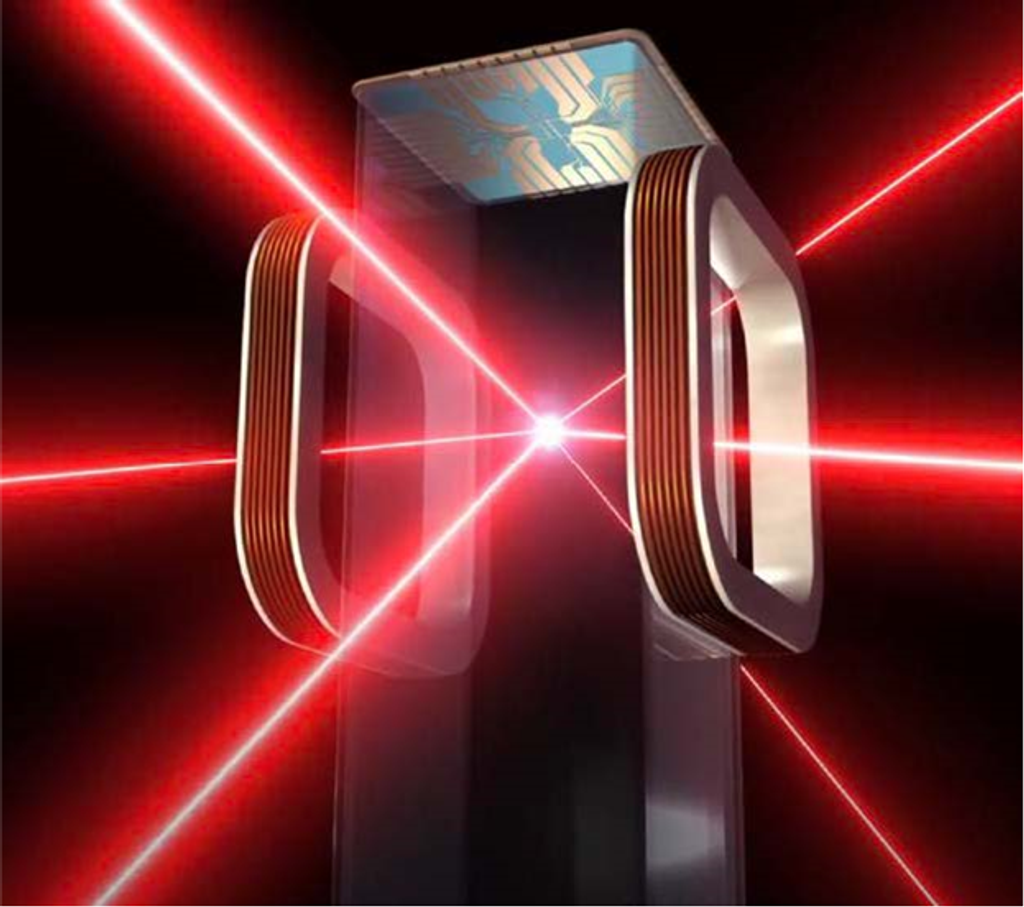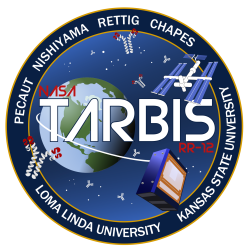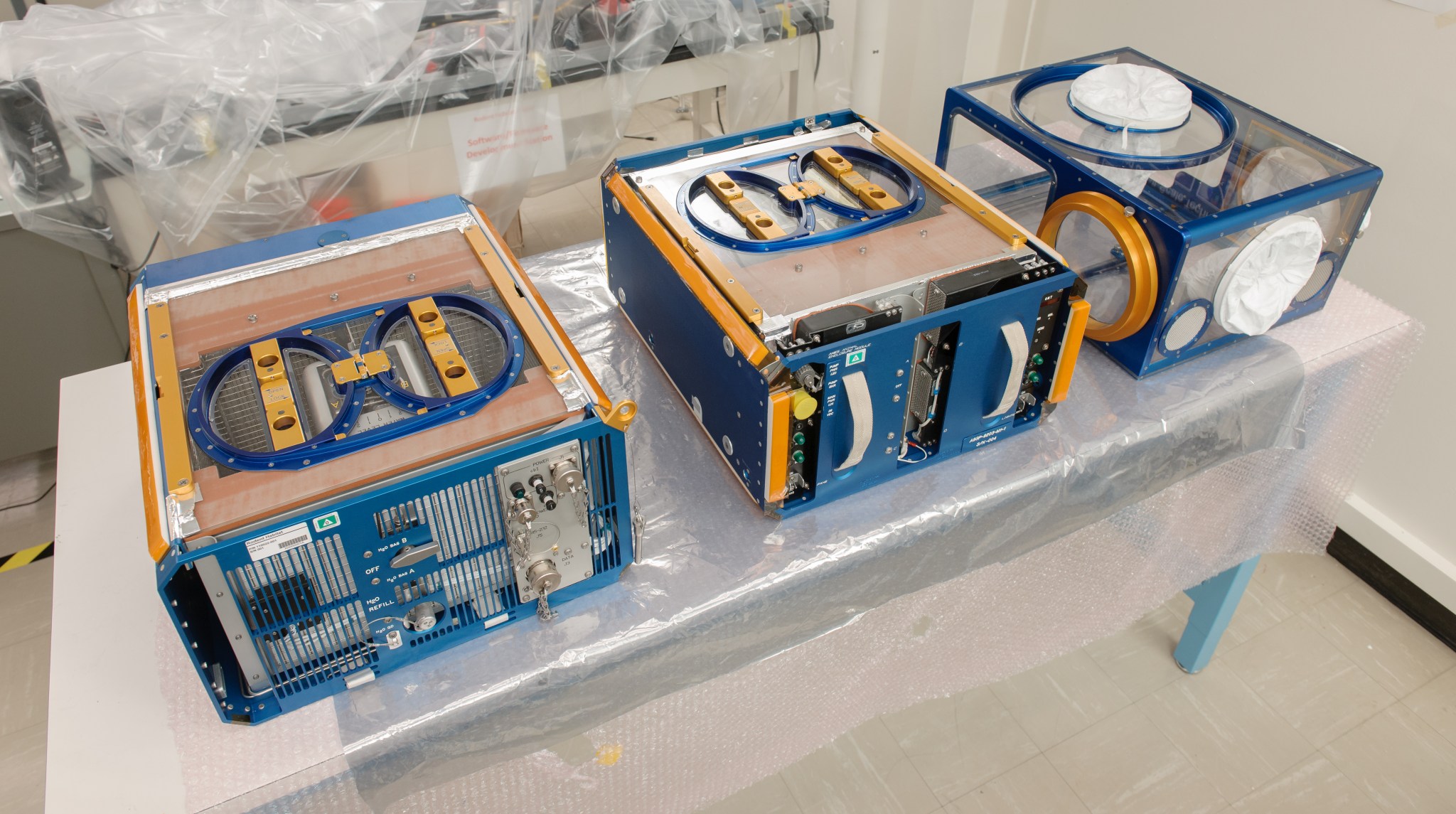Rodent Research-12 (NG-11)
The Rodent Research Mission (RR-12) is targeted to fly to the International Space Station (ISS) aboard NG-11 in April 2019. RR-12 will study the immune system of mice in space by examining their bodies’ response to tetanus vaccinations. The immune system of mice closely parallels that of humans. The information gathered from RR-12 will be helpful in understanding how to maintain the health and well-being of astronauts during long duration spaceflights.
The RR-12 mission will investigate the effects of spaceflight on both the primary immune response and secondary immune response. When the immune system of an individual animal encounters a particular toxin or pathogen for the first time, it triggers the primary immune response, activating production of early antibodies and memory cells that later “remember” the toxin or pathogen. Subsequent encounters with the same toxin or pathogen trigger the secondary immune response. This consists of a more accelerated response to infection, in which previously activated memory cells quickly respond and produce antibodies that target antigens, the identifying markers on infected cells. Twenty mice from the primary response group will receive tetanus vaccinations during their time on the ISS, and another twenty from the secondary response group will receive the vaccinations before launch as well as during their time in space. Vaccinated mice that stay on Earth will serve as a control group for measuring the effect of spaceflight on antibody responses.
The RR-12 investigation will test the hypothesis that exposure to the spaceflight environment, which includes conditions such as microgravity and radiation, will lead to decrements in primary and secondary antibody responses to the challenge of an antigen (in this case, the tetanus vaccine) within the living body. The mission could uncover new ways to improve vaccines and therapies for humans both in space and on Earth.
Project Team
Payload Developer: REMIS Leidos Innovations Corporation
Mission Scientist: Sungshin Choi, Ph.D., FILMSS, NASA Ames Research Center
Principal Investigator: Michael Pecaut, Ph.D., Loma Linda University
For more information, see the Space Station Research Explorer for the RR-12 mission.































